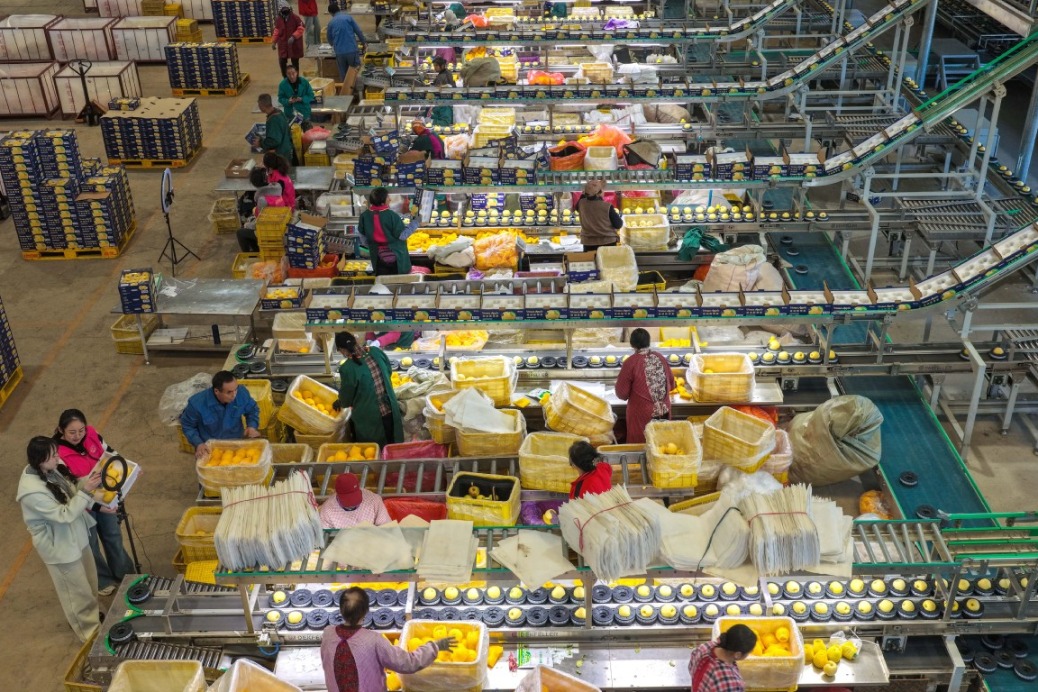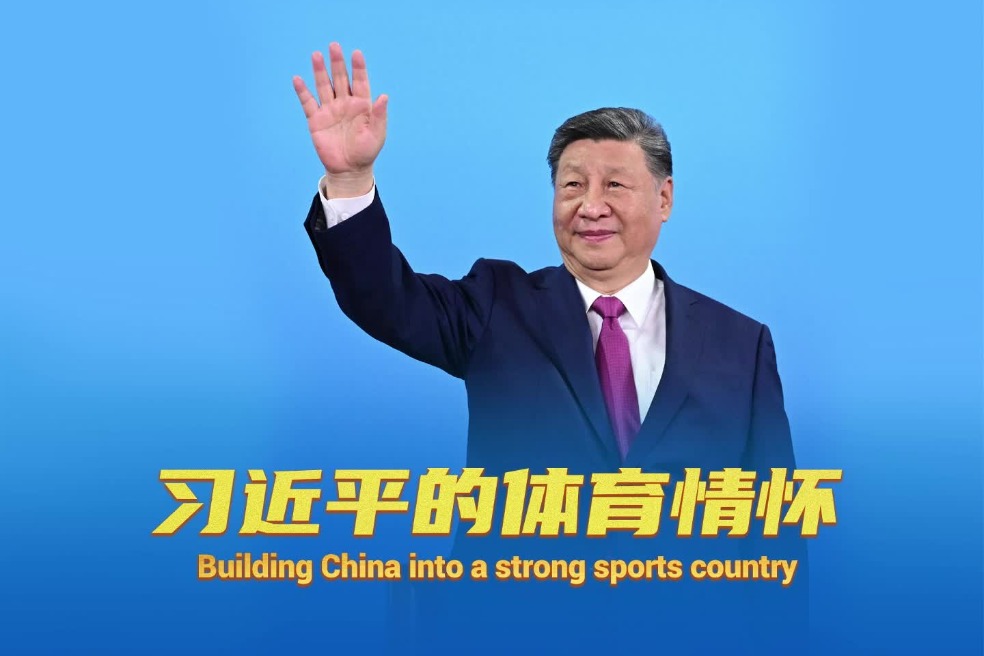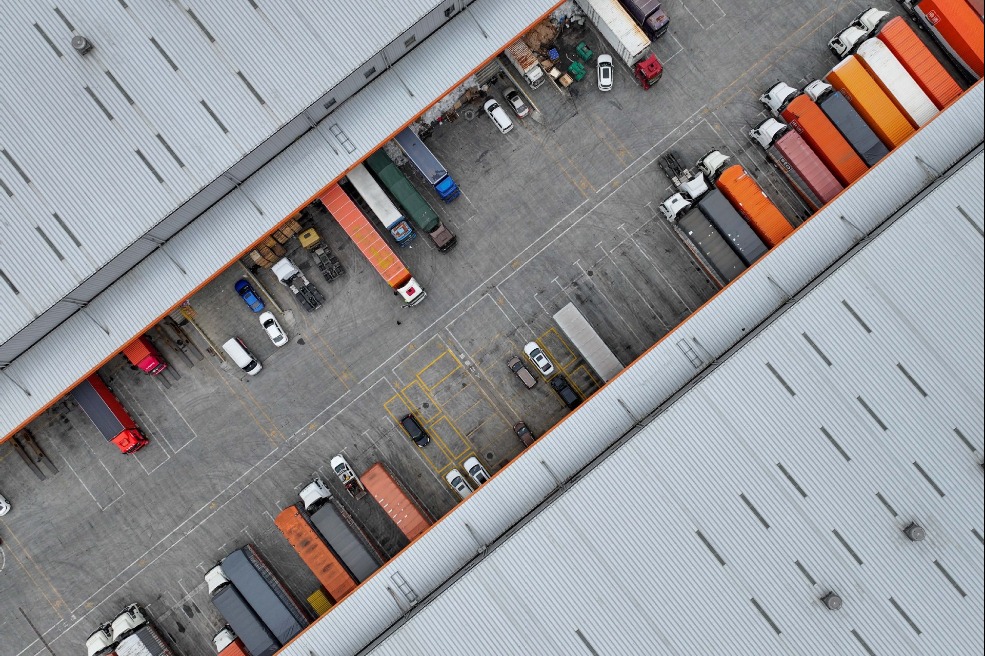Tech R&D spending up by 10.6 percent in 2016

Expenditure accounted for 2.11 percent of last year's total GDP
China's expenditure on technology research and development rose by 10.6 percent to 1.57 trillion yuan ($238 billion; 200 billion euros; £180 billion) in 2016, the fastest annual growth since 2014, as the nation increases its investment in new driving forces to stabilize the economy.
The data was released by the National Bureau of Statistics on its website on Oct 10, saying the growth rate rebounded for the first time after declining for four consecutive years. It was 8.9 percent in 2015 and 9.9 percent in 2014.
| Workers assemble a home-made regional jetliner ARJ21 in Shanghai. Yin Liqin / China News Service |
The expenditure accounted for 2.11 percent of last year's total GDP, compared with 2.06 percent in 2015. It has exceeded the average level of 2.08 percent in the European Union, while the ratio for Organization for Economic Cooperation and Development countries was 2.40 percent, said the bureau.
R&D expenditure includes labor costs, raw material cost and expenses for fixed-asset construction and management, the NBS said.
Pan Jiancheng, deputy head of the bureau's economic monitoring center, says the increasing proportion of R&D expenditure to GDP indicates that the driving force of economic growth is transforming to innovation focus from the traditional factors - exports and investment.
According to a national plan for technology development, by 2020 R&D expenditure is targeted to reach 2.5 percent of total GDP.
The government will further boost fiscal investment in technology in the future to lead more resources to innovation areas and will encourage companies to invest more in research, says Guan Xiaojing, a senior economist with the NBS.
Ning Jizhe, head of the bureau, said on Oct 10 at a news conference that investment in manufacturing technology upgrading was faster than overall investment growth during the past year, along with the rapid development of high-tech and strategic emerging industries.
New driving forces, including new industries and business models, contributed 14.8 percent of the country's total GDP in 2015. "The ratio was expected to be higher in 2016," said Ning.
In July last year, the statistical reform that adds R&D expenditure to the total GDP took effect.
This reform is based on requirements by the United Nations System of National Accounts, which is the international standard for how to compile measures of economic activity, according to Pan.
"More statistical reforms will be pushed forward in the future to better join the international statistical system and reflect the country's real economic situation," says Pan.
chenjia@chinadaily.com.cn
(China Daily Africa Weekly 10/13/2017 page25)
Today's Top News
- Huge potential seen in China-Northern Ireland trade and investment cooperation
- Xi encourages young sinologists to bridge China, the world
- Xi, president of Comoros exchange congratulations on 50th anniversary of ties
- Luxury leasing market gains traction in HK
- Historic games forge deeper bonds beyond podium
- Technology will ensure future heroes save lives and live































